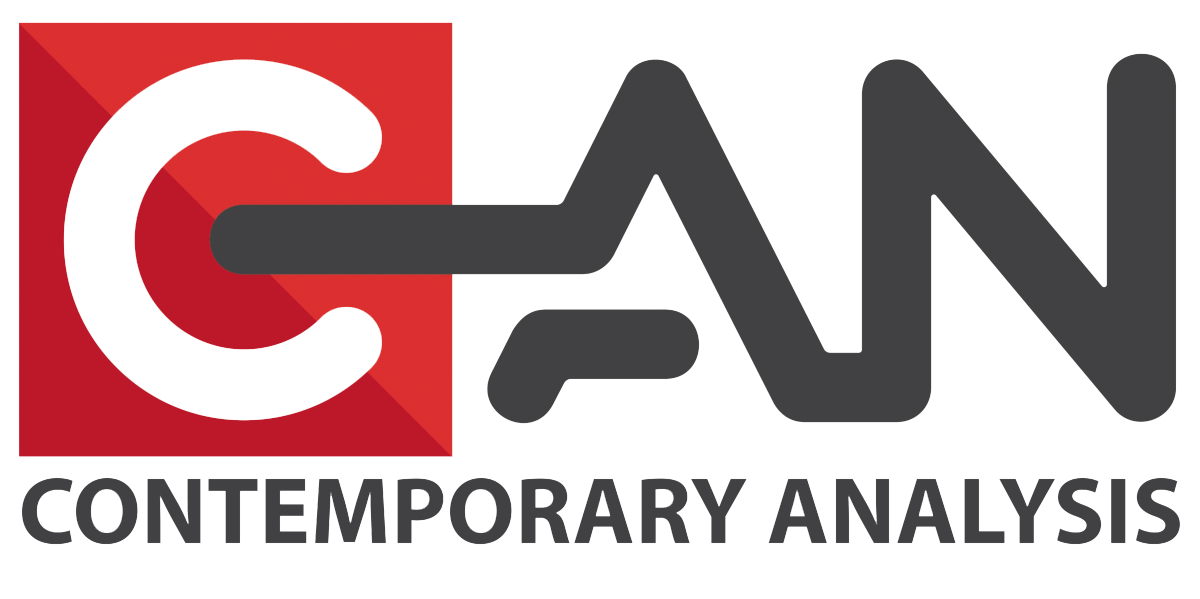Consider this, the data you collect about your products could become another profitable...
News
read more
Analytics Fights Fires in New York City
When we talk about predictive analytics it's usually in the context of profitability -...
How to Apply Predictive Analytics
Predictive Analytics allows people to make better decisions about how to spend their...
We are Having a Party!
It is time to take a break, and celebrate our 4th Birthday! We want to celebrate...
What We Look for When Hiring People
When hiring new people, we primarily look for four things; People that just build...
Security
Security is very important to CAN since we work with our clients' most sensitive...
Occam's Razor and Model Complexity
When using predictive analytics to develop a model it is important to understand the...
What Contemporary Analysis Does
Nate Watson is a Navigator at Contemporary Analysis. His job is to help people work...
CAN Navigators Help You Work Smart
CAN's goal is to use predictive analytics and data science to help our client's work...
